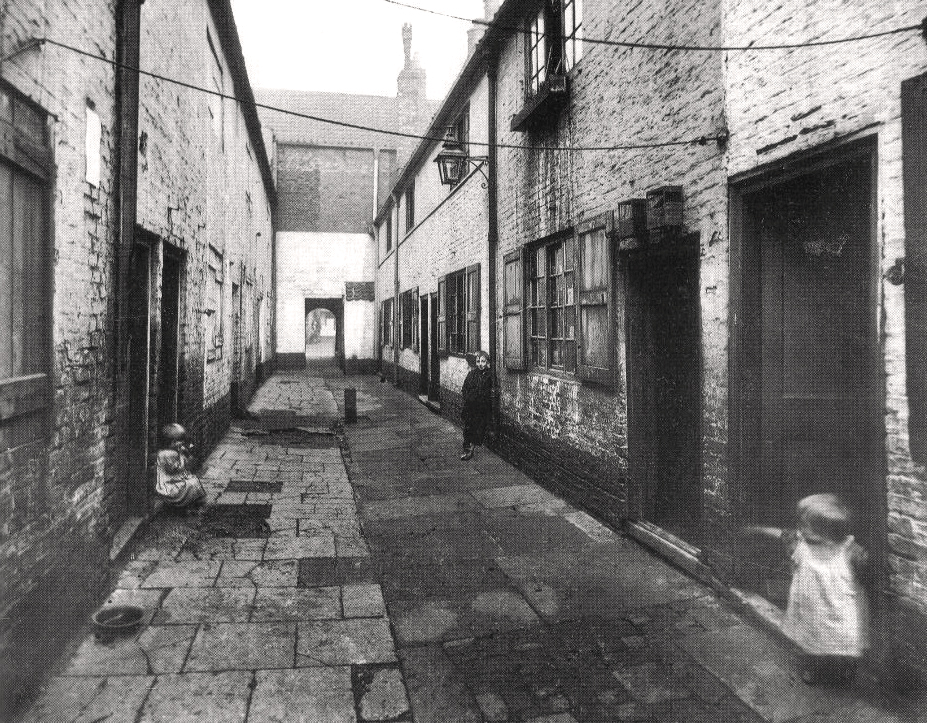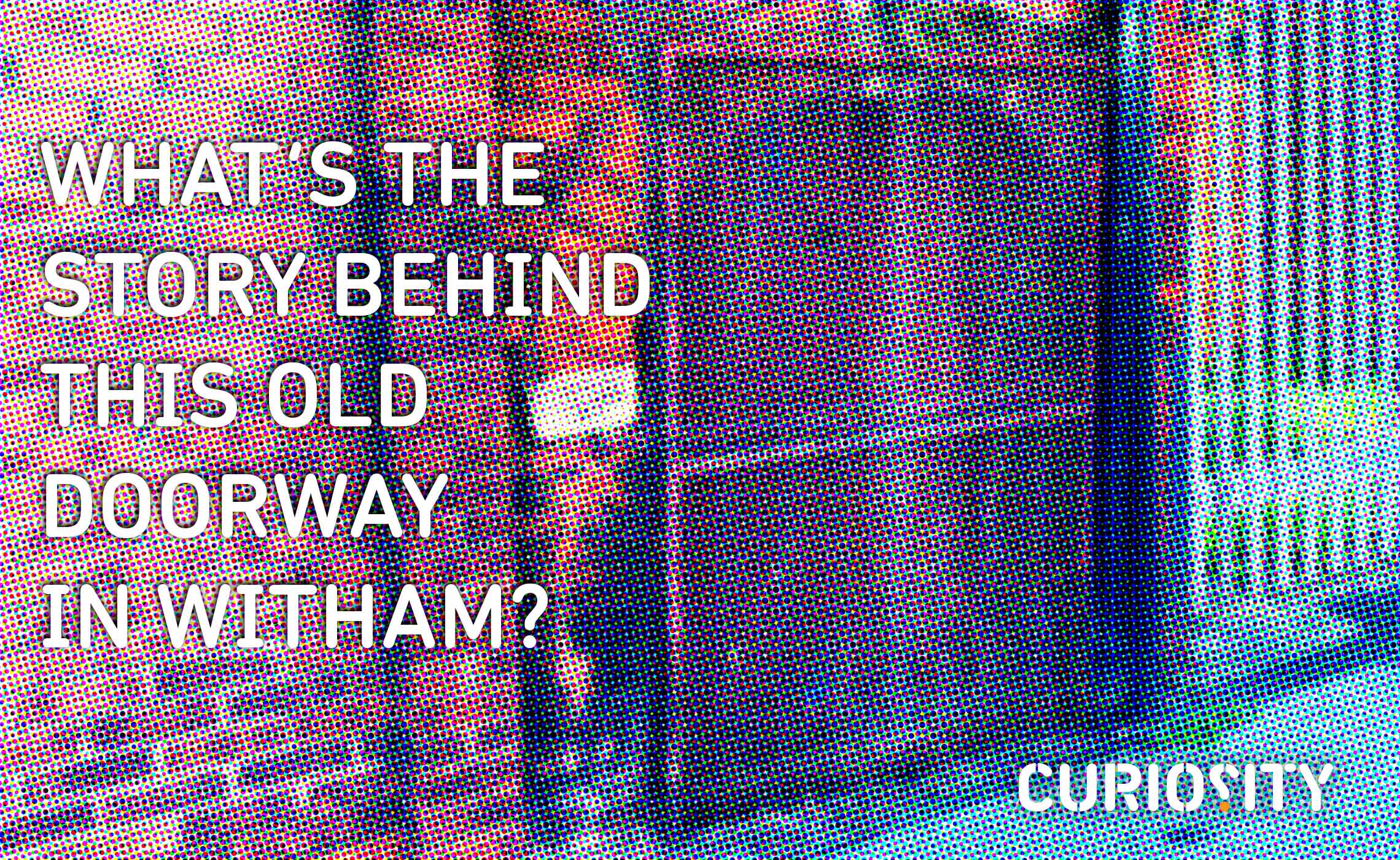The difference between the rest of us and our muck garths correspondent Angus Young is that we see an owld doorway and he sees a social history of Hull.

It’s another one of those blink-and-you-will-miss-it moments. Take a stroll across North Bridge, dodge the traffic on Great Union Street and head for the southern side of Witham. Just before reaching Malton Street, it’s there on your right.
Framed in an archway set into an old brick wall is a wooden door covered by a rusting metal grille. Above it, there’s an overgrown bush. The archway itself is well below head height while the door looks as if it hasn’t been opened in decades. Viewed from the side across an open patch of fenced-off land, the door doesn’t appear to lead anywhere.
However, in the mid-19th century the archway was the entrance to 23 cramped properties lying either side of a narrow alley housing over 200 people. Holderness Court was one of five alleys lying between the Ship Inn (more recently known as the PlimsollShip Inn) and Malton Street. The others were the strangely-named Quickyfalls Court, Clean Alley, Chaffer’s Alley and Dunn’s Court.
Needless to say, conditions in the alleys back in the day were pretty grim. They had all been built on land previously used to store night spoil (human waste) removed from the town centre before taken out into the countryside where it was used as fertiliser. As a result, the area was known as ‘Muck Garths’. The houses were built back to back and didn’t have any running water or toilets. Instead, residents had to share a communal privy.

A picture of life in Chaffer’s Alley is provided by Mike and Sheena Young in an absorbing online blog called Young Family History. In it, they trace a branch of their ancestry back to three-year-old Jane Cotter listed in the 1841 Census as living with his parents and three older siblings in a house they shared with another family in Chaffer’s Alley. Jane’s labourer father James was born in Ireland while her mother Margaret originally hailed from Middlesex, suggesting the Muck Garths alleys were mainly home to migrant workers who had settled in Hull.
James Cotter died of a diseased bladder in 1845 aged 56. His burial entry records his residence as Chaffer’s Alley. His death almost certainly plunged the family into deeper poverty.
Six years later in the 1851 Census his widow Margaret is registered as living in the Sculcoates Union Workhouse with two children who had been born after Jane who by now, at the age of 12, was working as a servant in a lodging house in Sykes Street.

The cholera and typhus epidemics experienced in Hull in 1847 would eventually lead to the clearance of the kind of slum housing found in narrow alleys and passages. Between 1890 and 1910 Hull Corporation condemned and demolished 779 properties and a 1892 map showing the new tramway along Witham confirms that by then, Holderness Court and the other alleys were no more.
However, why the alley’s original archway entrance was retained remains one of life’s wonderful mysteries. The fact that it’s still with us nearly 200 years later certainly deserves a wave the next time you’re passing.
